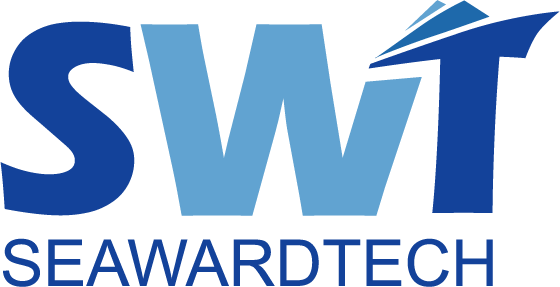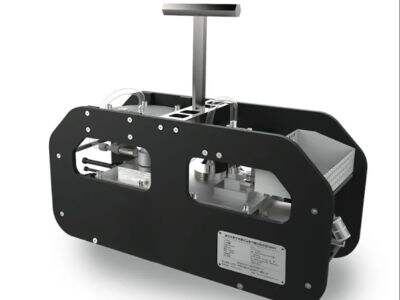Marine sediment is located at the very bottom of the ocean. It contains tiny stuff such as sand, mud and or even fragments of shells. These sediments can differ wildly from each other, and scientists study them to understand more about the ocean and its myriad of resident animals and plants. Obtaining sediment core samples is difficult due to the vast volume and depth of the ocean. Enter a company called Seaward. They’ve developed special tools and systems that aid scientists in carefully and expediently collecting sediment, greatly facilitating their work.
The Types of Marine Sediments
But marine sediments can take many different forms. Some sediments are super fine, almost like powdery sand, and others are a bit chunkier like rocks. All three types of sediment provide valuable information about the ocean. It lets scientists know how hot the water is, its saltiness, and even pollution levels. These sediments serve as a record of oceanic processes and can provide valuable insights into the shifting dynamics of our oceans over time. Seaward’s tools are quite useful because they enable scientists to extract Subsea LED Light sediment from targeted areas of the ocean. It also allows researchers to explore various sediment types and their characteristics more fully.
Deep-sea sediment cores are not easy to collect at all. "It's very dark and deep out in the ocean, making it difficult for scientists to understand where they should consider taking their samples. To aid with this, Seaward has made their tools sensor and camera equal. These high-tech tools guide scientists along the ocean floor to find optimal locations to harvest sediment. And the tools are designed to be both accurate and efficient, so scientists can take only the amount of Channel Microbial Sampler sediment they need to conduct their research, sparing time and resources.
Specialized Tools for Diverse Marine Ecosystems
On top of that, each marine setting has its own challenges and features. Seaward knows that one tool does not fit every situation. That is why they build special tools that suit the specifics of each research project. Scientists studying shallow coastal waters or deep ocean trenches can easily equip themselves with Seaward’s tools, which are built for the unique needs of each environment. This will help researchers and really ensure that they collect accurate and reliable data.
Enhanced Data Gathering from Specialized Tools
The collection of sediment samples is the first step of the research procedure. Once the samples are collected, scientists must analyze them to discover key insights. Seaward's solutions are made to improve data rites by giving researchers high-quality samples that are contamination-free. This ensures that scientists can focus on the science without having to concern themselves with exposing their data to outside materials. From high-quality samples, they can make significant findings about the ocean and its effects on our world.
Using Special Collection Techniques to Get Accurate Research
Good data is critical for making sound decisions about our oceans and their health. Seaward’s specialized sediment Sampler collection techniques are designed to assist scientists in obtaining high-quality, representative samples of the various marine sediments. With the help of Seaward’s tools, scientists can be confident in the reliability of the data they are compiling, helping them make better predictions about the future of the ocean.

